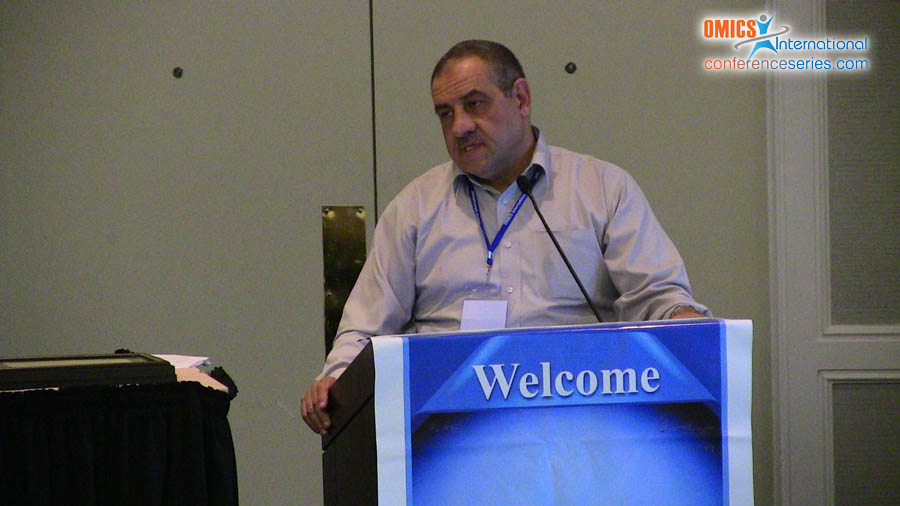
A.I. Fahmi
Menoufia University,Egypt
Title: Isolation, Identification and Evaluation of Highly Cellulases Producing Trichoderma Isolates from Egypt
Biography
Biography: A.I. Fahmi
Abstract
The objectives of this study were: 1) to characterize some Trichoderma isolates morphologically and molecularly, 2) to evaluate the best isolates for producing cellulases enzymes. 20 Trichodrma isolates were isolated from soil samples collected from six Egyptian governorates, in addition to seven provided isolates. According to morphological and molecular identification methods, they were divided into seven aggregate groups. Selected isolates that showed high ability to degrade cellulase were further evaluated. The result of submerged fermentation technique indicated that three isolates T44, T43 and T24 showed the highest activity for cellulases enzymes FPase, CMCase and -galactosidase, respectively. Also, the isolate T31 showed the highest production of free sugar, while the isolates T14, T19 and T44 demonstrated highest total protein concentrations. As for specific enzyme activity, isolates T17 and T24 were the highest for FPase enzyme, T17 was the highest for CMase enzyme and T24 was the best for -galactosidase. Furthermore, the result of solid state fermentation technique indicated that, isolates T14 was the best for producing FPase and -galactosidase and T20 was the highest for CMCase enzyme. Also, T20 was the best for producing free sugars while five isolates T1, T17, T20, T31 and T44 were the highest in producing protein. In addition, T17 showed the best hydrolysis percentage for rice straw. Moreover, extracellular proteins were analyzed by electrophoresis SDS-PAGE method. Most of highly producing cellulases isolates showed heavy band at around 65 KDa. Finally, it was concluded T14, T17, T19, T24, T31and T44 isolates could be recommended for biotechnological applications.
Speaker Presentations
Speaker PDFs
Speaker PPTs Click Here




